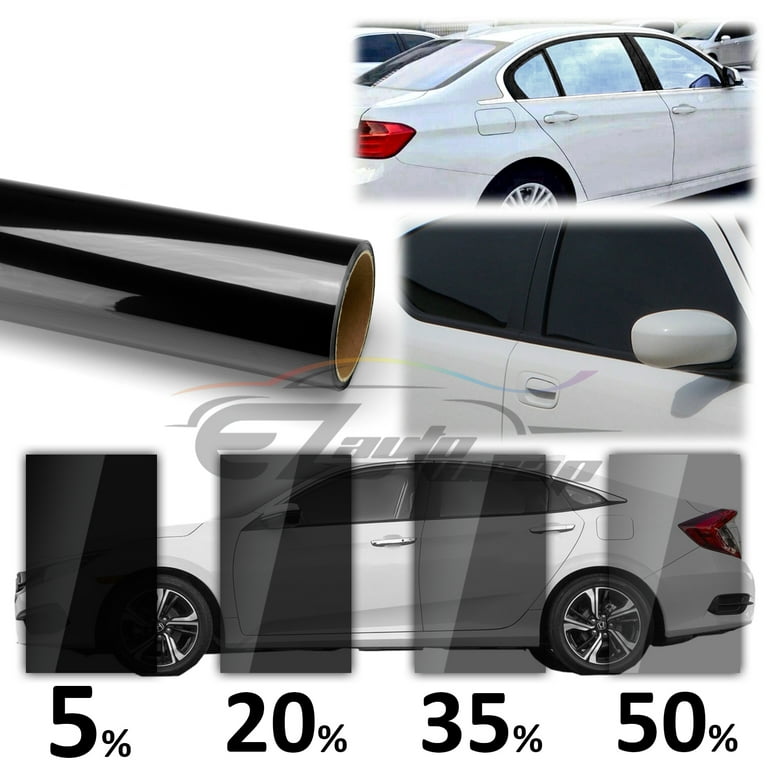Every little thing You Need to Understand About Car Window Tinting Options
Every little thing You Need to Understand About Car Window Tinting Options
Blog Article
Window Tinting Regulations and Guidelines: What You Need to Know Prior To Tinting Your Vehicle
Before proceeding with window tinting for your vehicle, it is crucial to familiarize on your own with the varied regulations and guidelines that govern this practice throughout various states. These laws dictate the acceptable degrees of tint darkness, commonly gauged by visible light transmission (VLT) percentages, and include details terms for front windshields intended at ensuring roadway safety and security.
Review of Home Window Tinting Laws
Window tinting regulations are regularly subject to variant across different jurisdictions, reflecting neighborhood laws and safety and security factors to consider. These regulations determine the allowable levels of color darkness and reflectiveness on vehicle windows, ensuring that motorists maintain adequate visibility while additionally protecting against harmful UV rays and heat.
The majority of laws categorize window tinting based upon the Visible Light Transmission (VLT) percent, which shows the quantity of light that can go through the window. Usually, reduced VLT percents signify darker colors. Regulations typically distinguish in between the front, side, and back windows, with more stringent limitations put on the front windshield to boost safety and security for both the driver and various other roadway individuals.
Compliance with home window tinting guidelines is critical, as infractions can result in fines, necessary elimination of the tint, and possible boosts in insurance coverage costs. It is necessary for car proprietors to familiarize themselves with regional regulations before continuing with home window tinting setups.
State-by-State Tint Laws
Understanding the details window tinting policies in each state is important for car owners looking for to follow the regulation. Each state in the united state has developed its very own collection of rules regulating home window tinting, which can differ significantly. These policies typically dictate the permitted degrees of color darkness, the sorts of windows that can be tinted, and any clinical exemptions that might apply.
For example, states like The golden state have strict constraints on color darkness for front home windows, while others, such as New Mexico, may permit darker colors. In addition, particular states mandate particular visibility percents for various home windows, including the windshield, front side windows, and rear windows. It is crucial for auto proprietors to familiarize themselves with their state's legislations to avoid prospective fines or fines.
Moreover, some states may require an accreditation sticker label to be put on colored windows, showing conformity with state laws. Failing to stick to these laws not only risks legal repercussions however can additionally influence safety and security and presence while driving. Vehicle proprietors should carry out extensive research study or seek advice from regional authorities to make certain full understanding and compliance with state-by-state color regulations.
Allowed Color Degrees and Kinds
Many lorry proprietors may be stunned to learn that permitted tint degrees and types vary commonly across various states. Each state has developed its own regulations concerning the permissible darkness and reflectivity of window color, often gauged by Visible Light Transmission (VLT) percentages. VLT refers to the quantity of light that can travel through the tinted windows; hence, a lower percent suggests a darker color.

Additionally, the sorts of color products permitted can differ, with some states prohibiting mirror-like or metallic finishes. It is crucial for lorry owners to acquaint themselves with their state's details laws to guarantee conformity. Non-compliance can cause penalties, obligatory elimination of the color, or various other lawful effects, making it essential to understand these guidelines before continuing with installment.
Medical Exemptions for Tinting
While not all states offer allowances for medical exceptions regarding home window tinting, those that do identify the need for certain individuals to boost visibility and convenience due to medical problems. Various clinical conditions, such as lupus, skin cancer cells, and specific eye problems, can provide individuals especially sensitive to sunshine. Subsequently, these people might require darker tints to shield themselves from dangerous UV rays and glow.

It is crucial to keep in mind that despite having a medical exemption, there may still be restrictions on the level of tint allowed. Compliance with state laws ensures that individuals are both safeguarded and within legal restrictions. Those taking into consideration medical exceptions should call their regional Division of Motor Autos or equivalent authority to recognize the demands and treatments required to use for an exception successfully.
Penalties for Non-Compliance
Failing to follow home window tinting laws can cause significant penalties, which vary by state. Police are equipped to release citations for automobiles that do not comply with the specified tinting policies. These fines generally consist of fines, which can vary from moderate total up to several hundred dollars, depending on the severity of the violation and the state concerned.
In some territories, repeated offenses may result in intensifying fines or added fines, such as mandatory court looks. Non-compliance may necessitate the removal of unlawful tinting, frequently at the proprietor's expenditure. In extreme situations, regular wrongdoers might face suspension of you can try these out their automobile registration up until compliance is attained.
Furthermore, insurance implications may occur from getting numerous citations for home window color infractions. Insurance firms might check out such infractions as an indicator of riskier behavior, potentially resulting in enhanced premiums or difficulty in insurance coverage.
To avoid these charges, it is essential for car proprietors to familiarize themselves with their regional home window tinting regulations and make sure that their vehicle complies (Window Tinting). This proactive method not just prevents legal implications but also advertises roadway security
Conclusion

Many regulations identify window tinting based on the Visible Light Transmission (VLT) percent, which shows the amount of light that can pass via the home window. Compliance with home window tinting guidelines is important, as infractions can result in fines, necessary elimination of the tint, and potential increases in insurance policy costs.Comprehending the particular window tinting policies in each state is crucial for vehicle owners looking for to comply with the regulation. These guidelines frequently dictate the allowable levels of tint darkness, the types of windows that can be tinted, and any type of medical exceptions that may use.
For circumstances, states like California have rigorous constraints on color darkness for front windows, while others, such as Extra resources New Mexico, may allow darker tints.
Report this page